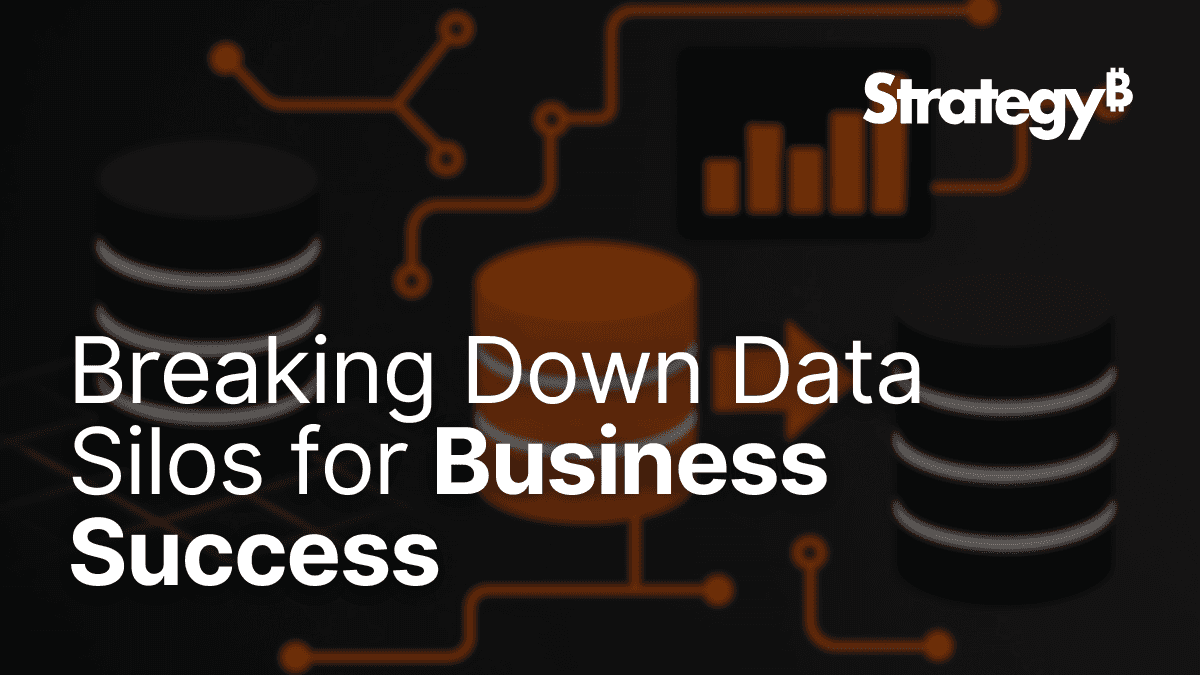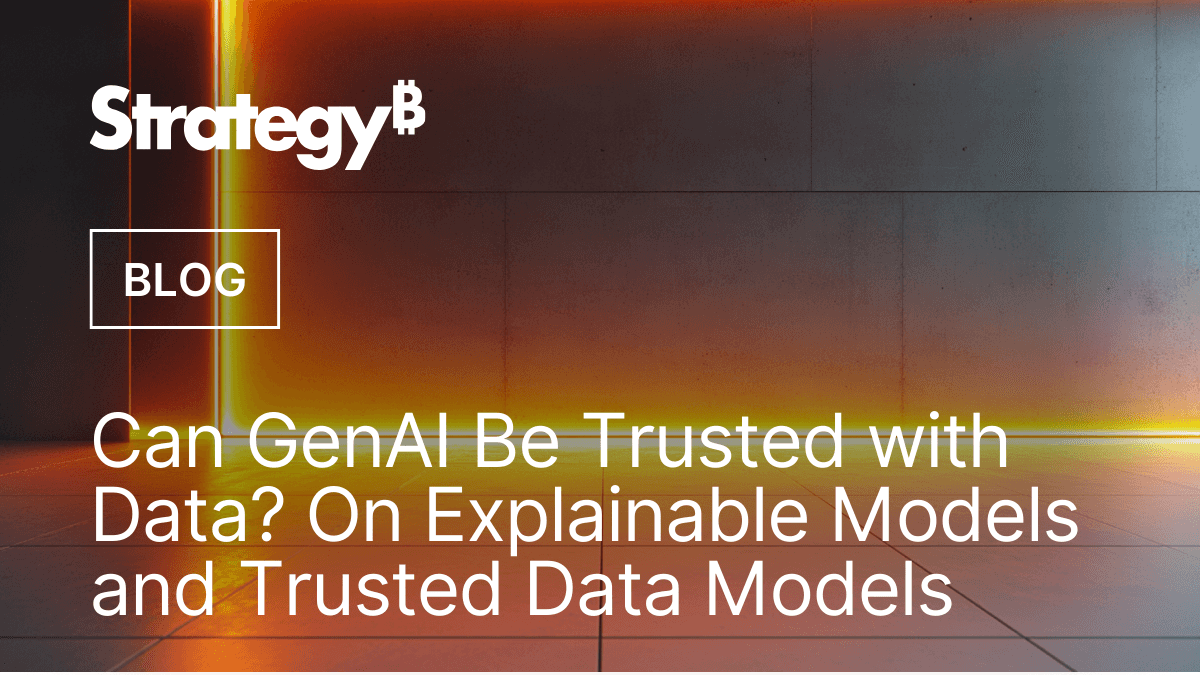7 Components of Effective AI Strategy
Aligning, communicating, and activating a cohesive AI strategy is critical to driving business outcomes. As Forrester Research puts it in a recent report: “GenAI is the latest star and exerts the biggest impact on data and analytics improvement as structured, unstructured, and semi-structured data are exploited in a semantic-driven system.”
In its October 2024 report “Unify Data, AI, And Analytics To Activate Business Outcomes,” Forrester Research points out that a successful data, AI, and analytics strategy must be a living, breathing asset that defines alignment points, communicates needs across people, processes, and technology, and provides a roadmap for action.

To elevate an enterprise’s data and AI ambitions, strategy development must encompass seven core components: Principles, Business Strategy, Governance, Operating Model, Talent, Technology, and Activation. Here’s our summary of each component from the Forrester report.
1. Principles
Principles serve as the foundation for excellence. Enterprise leaders need to define both hard values (e.g., revenue, profit, cost savings) and soft values (e.g., reputation, quality, transparency). With increasing regulations around AI, it’s also crucial to consider safety, ethics, and societal norms. Disconnected principles can lead to fragmentation, causing misalignment and mistrust in data, AI, and analytics initiatives. Establish clear values that can serve as guiding principles in all strategic endeavors to align efforts to corporate expectations and build trust.
2. Business Strategy
A business strategy transforms a vision into actionable outcomes. It establishes the mission, expectations, and investment required to meet the desired goals:
Mission & Expectations: Define what data, AI, and analytics will support at an enterprise level.
Project Opportunities: Clarify how individual stakeholders will realize value.
Clear ROI: Specify where data, AI, and analytics will be applied, metrics to track, the investment needed, and ROI objectives.
When business stakeholders understand the benefits, adoption increases and funding follows, ensuring the strategy isn’t just a vision but a roadmap to success.
3. Governance
Governance sets the policies and trade-offs necessary for execution, but it must strike a balance to avoid stifling innovation. Governance should be integrated into strategic decision-making:
Contextual Risk Management: Incorporate risk considerations with business metrics like revenue and cost savings.
Balanced Approach: Avoid governance practices that focus solely on compliance without considering strategic outcomes.
Effective governance programs enable informed decisions, balancing risk versus reward without constraining innovation and opportunity.
4. Operating Model
An effective operating model standardizes processes for coordination and collaboration. Successful data, AI, and analytics initiatives require:
Cross-Functional Teams: Promote collaboration rather than rigid hand-offs.
Standard Practices: Establish best practices, frameworks, and communication modes.
Change Management: Prepare stakeholders for transitions to new models and processes.
Standardized processes improve productivity, trust, and effectiveness, reducing conflicting efforts and duplicated work.
5. Talent
Talent management is essential for advancing data, AI, and analytics competencies. Strategies should address:
Skill Assessment: Identify the skills and resources needed.
Education Investment: Provide internal training and revised job descriptions.
Literacy Benchmarks: Set expectations for data and AI literacy.
Upskilling, re-skilling, and strategic hiring ensure that the workforce can leverage new technologies effectively, avoiding poor decisions and missed opportunities.
6. Technology
Technology forms the backbone of your data, AI, and analytics strategy. To ensure success consider:
Strategic Investment: Consider reusable capabilities, service levels, and total cost of ownership.
Capability Gaps: Address these with a modernization plan.
Vendor Criteria: Establish evaluative criteria for technology solutions and platforms.
As Forrester Research states, “Technology investment without strategic consideration of reusable capabilities, service levels, total cost of ownership, and governance slows rollout and increases the technical debt of intelligent systems.” Build a future-facing technology strategy to reduce technical debt and maximize outcomes.
7. Activation
Activation is about driving adoption with clear communication and roadmaps:
Vision to Roadmap: Translate the strategy into a tangible roadmap with clear milestones.
Stakeholder Engagement: Engage individuals by clearly illustrating the plan and how it impacts them.
Roadmap Stories: Illustrate each component to serve as a launch point to work plans.
Activation ensures that strategies move beyond theoretical approval into actionable plans that drive real outcomes.
Forrester Research defines the essential components of an effective AI strategy, but bringing that strategy to life—through aligned data, scalable technology, and operational efficiency—requires purpose-built solutions. At Strategy, we address these issues with our best-in-class data fabric, the Semantic Graph.
Semantic Graph—Unifying Data for a Successful AI Strategy
Strategy’s Semantic Graph offers a transformative engine for unifying data, ensuring security and operational efficiency through principles of reusability, inheritability, and privacy awareness. By integrating reusable data objects, real-time updates, and advanced privacy controls, the Semantic Graph creates a unified, reliable, and secure data ecosystem.
Read more about breaking down data silos in the Forrester Research report “Unify Data, AI, And Analytics To Activate Business Outcomes,” courtesy of Strategy.




